Analisando Novas Casas e Condomínios em Construção
Principais objetivos de aprendizagem:
Introdução: This section delves deep into the intricacies of analyzing new construction homes and condos. By understanding the critical aspects of developer and builder research, property-specific insights, local market dynamics, and financial evaluations, you’re better positioned to make strategic and lucrative investment decisions.
- Comprehend the nuances of Developer and Builder Research. By understanding the reputation, track record, and warranties offered by developers and builders, you can ensure the credibility of the construction project.
- Dive into Property-Specific Research, gaining insights into floor plans, material quality, and energy efficiency. This knowledge empowers you to gauge the inherent value and long-term potential of the property.
- Familiarize yourself with Neighborhood and Local Market Research. Recognize the importance of safety, school districts, local amenities, employment opportunities, and market comparables to make informed real estate decisions.
- Get equipped with the tools for Financial and Risk Analysis. By understanding the projected income, expenses, financing options, and potential risks, you are better prepared to navigate the complexities of real estate investments.
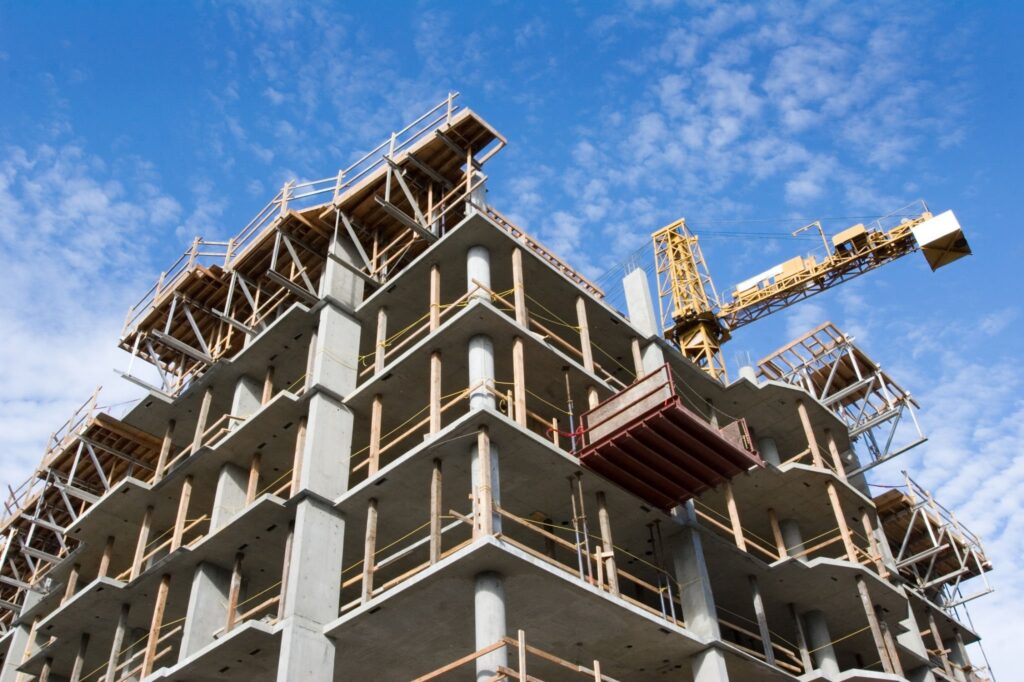
Figure title: New Highrise Condo Construction in Progress
Source: iStock:
In this section, we will discuss the steps involved in conducting thorough research on a new construction home or condo. By following these steps, investors can gain a deeper understanding of the property’s potential for generating returns and minimize potential risks.
A. Developer and Builder Research
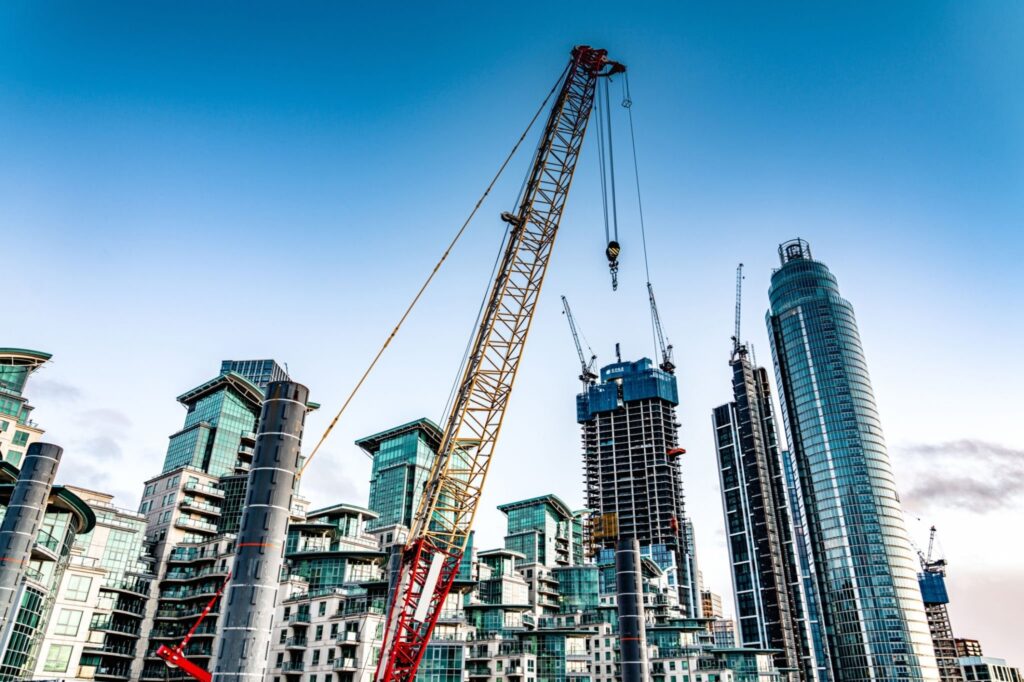
Figure title: London’s Development: Active Construction Site
Source: iStock:
- Developer Reputation: Investigate the reputation and track record of the developer responsible for the new construction project. Look for developers with a history of successful projects, timely completions, and high-quality work.
- Builder Reputation: Research the builder’s reputation and experience in the industry. Look for builders with a history of constructing high-quality homes or condos and a commitment to customer satisfaction.
- Warranties: Inquire about the warranties offered by the builder, covering structural defects, workmanship, and materials. A strong warranty can provide peace of mind and protect your investment in the long term.
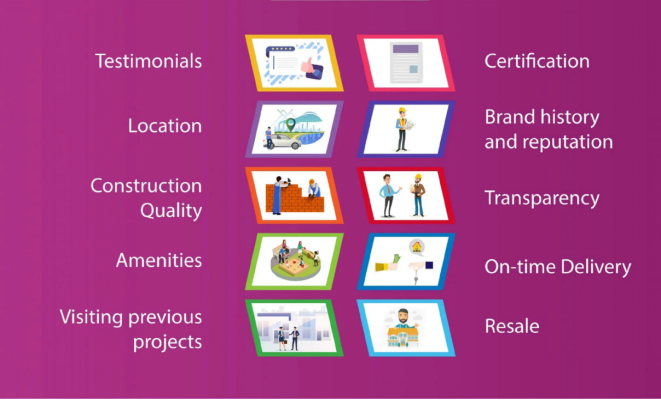
Figure title: Tips for Selecting Builders: Real Estate Landscape
Source: Kalyan Developers
Descrição: The image offers a composite visual representation of key considerations when choosing builders in Kerala. Through a combination of icons, text elements, and possibly graphics, it provides tips and guidance for individuals or entities looking to invest in Kerala’s real estate market. The visual elements aim to streamline the decision-making process, emphasizing critical factors like credibility, past projects, client feedback, and more.
Principais conclusões:
- Informative Guidance: The graphic serves as a quick reference guide, offering tips and best practices for selecting reliable builders.
- Credibility Focus: Emphasis might be on evaluating the builder’s credibility, reputation, and track record.
- Customer-Centric: Potential elements that highlight client feedback, reviews, or testimonials indicate the importance of customer satisfaction.
- Localized Insights: The context of Kerala suggests region-specific considerations and nuances that investors should be aware of.
Aplicativo: Real estate decisions, particularly in diverse markets like Kerala, require diligent research and informed choices. Infographics like this one provide potential investors or homeowners with a roadmap, highlighting essential criteria when vetting builders or developers. For real estate professionals, understanding and applying these tips ensures better investment outcomes, reduced risks, and a smoother property acquisition journey.
B. Property-Specific Research
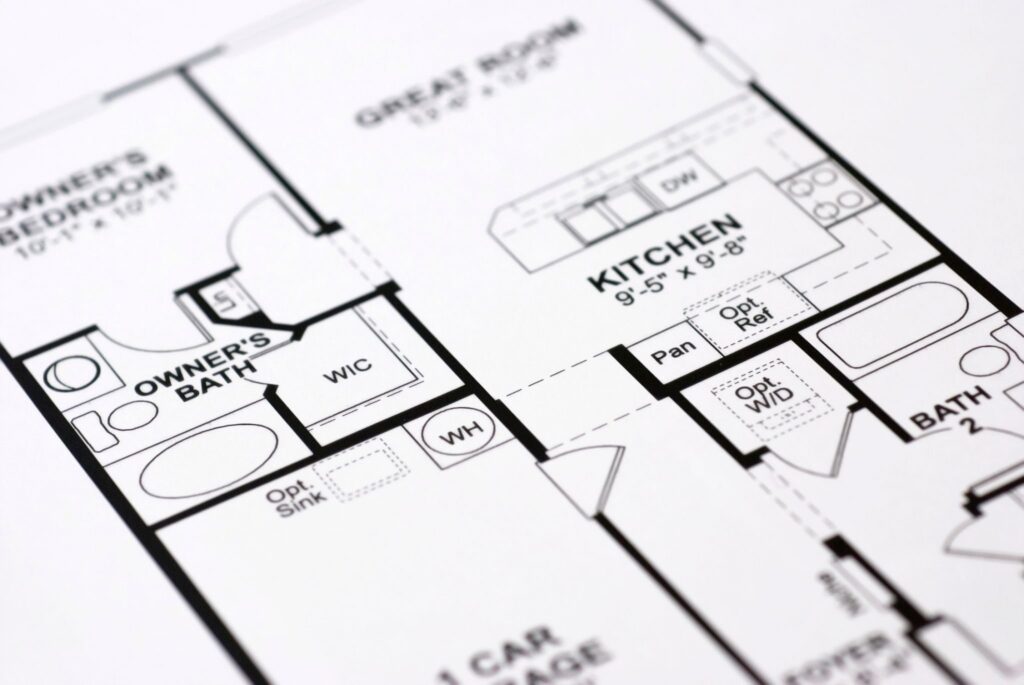
Figure title: Detailed House Floor Plan
Source: iStock:
- Floor Plans and Layouts: Review the floor plans and layouts of the new construction home or condo, ensuring they meet your preferences and investment goals. Consider factors such as natural light, storage space, and overall design.
- Finishes and Materials: Examine the quality of finishes and materials used in the new construction project. High-quality materials and finishes can contribute to the property’s long-term value and appeal to potential tenants or buyers.
- Energy Efficiency: Investigate the energy efficiency of the new construction home or condo, as this can impact utility costs and overall desirability. Look for properties with energy-efficient features, such as insulation, windows, and HVAC systems.
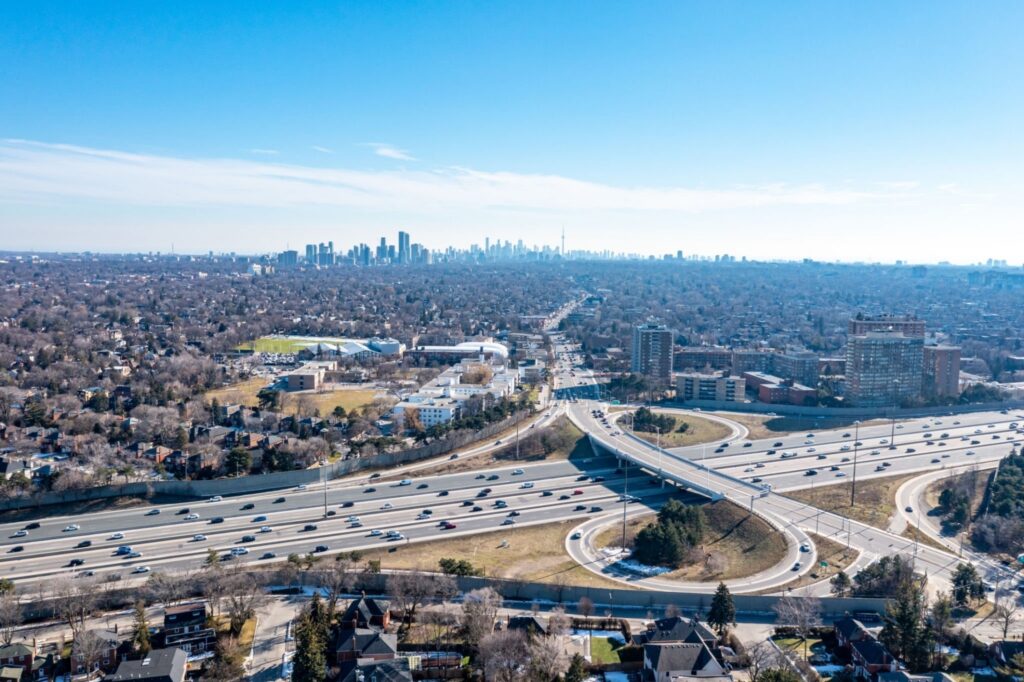
Figure title: Earl Bales Park and Highway 401: A Glimpse of North York, Canada
Source: iStock:
- Neighborhood Analysis: Investigate the neighborhood where the new construction project is located, considering factors such as safety, amenities, accessibility, and overall appeal. Visit the area at different times of the day to get a feel for the neighborhood dynamics.
- School Districts: Research the quality of local schools, as this can significantly impact property values and rental demand. Websites such as GreatSchools.org can provide information on school ratings and performance.
- Local Amenities: Evaluate the availability and quality of local amenities, such as shopping centers, parks, and public transportation. Properties located close to desirable amenities tend to command higher rents and property values.
- Employment Opportunities: Research local industries and major employers, as job availability can influence rental demand and property values. Look for areas with diverse industries and low unemployment rates.
- Market Comparables: Compare the new construction home or condo to similar properties in the area to determine its fair market value. Analyze recent sales and rental data for comparable properties to ensure you are paying a fair price for the investment. Websites such as Zillow, Redfin, and Trulia can provide this information.
D. Financial and Risk Analysis

Figure title: Financial Analyst: At the Nexus of Urban Landscape and Data
Source: iStock:
- Income and Expense Projections: Estimate the new construction property’s potential rental income and operating expenses, including property management fees, maintenance costs, insurance, and taxes. Use this information to calculate key financial metrics, such as cash flow, capitalization rate, and cash-on-cash return.
- Financing Options: Research various financing options, including traditional mortgages, construction loans, and private lenders. Compare interest rates, terms, and down payment requirements to identify the best financing option for your investment.
- Risk Assessment: Identify potential risks associated with investing in new construction homes or condos, such as construction delays, unanticipated costs, and market fluctuations. Develop strategies to mitigate these risks, such as diversifying your investment portfolio, obtaining adequate insurance coverage, and conducting thorough due diligence.
By conducting in-depth research on a new construction home or condo, investors can make informed decisions and minimize risks associated with their investments.
Principais conclusões:
Declaração de Encerramento: Analyzing new construction homes and condos is vital in the dynamic real estate landscape. This section provides you with a comprehensive framework to evaluate, compare, and invest, ensuring you strike the right balance between risks and rewards.
- A developer’s reputation and track record are paramount in ensuring the credibility and success of a construction project. Delays, quality, and customer feedback from past projects can provide vital clues.
- The layout and design of a property, such as floor plans and finishes, directly influence its usability and appeal, impacting rental demand and resale value.
- The neighborhood and local market play a critical role in property valuation. Factors like safety, school quality, amenities, and employment opportunities can enhance or diminish a property’s allure.
- Comprehensive financial and risk analysis ensures sustainable and profitable investments. This involves understanding income projections, available financing options, and potential pitfalls, setting the foundation for a prosperous real estate venture.

